In previous weeks, we mentioned that it is impossible to adapt up or down between 125 Volts and 250 Volts. However, you can adapt down to 125 only if the power source is rated as a 125/250 Volts connection. So what factors go into determining if you can step down the voltage?
Let’s start by breaking down the anatomy of each voltage. The amount of voltage in a connection is determined by the number of hot wires being used.
So for a regular household outlet which is typically 125 Volts, there is only one hot wire, one neutral, and one ground. For a NEMA 6-20 outlet, often associated with 250 Volt AC Units, there are two hot wires, no neutral, and one ground.
Another example is your 50 Amp range outlet and a 50 Amp welder outlet.

A NEMA 14-50 outlet has two hot wires, one neutral, and one ground. This means it is able to make two complete sets of 110 Volts by using one hot, the neutral, and the ground. The NEMA 6-50 welder outlet has two hot wires, no neutral, and one ground, meaning it cannot make two complete sets of 110 Volts. Since it is missing a neutral, it cannot be broken down into two sets of 110 Volts.
It is the presence of neutral or ground, and the number of prongs, that determines if you can adapt down from a 250 Volt connection. Most 3-prong 250 Volt connections do not have either neutral or ground, but 4-prong 250 Volt connections do, allowing you to adapt down to a 125 Volt application.
When a connection is 4-prongs and rated at 125/250 Volts, it is best to refer to it as exactly that. When talking about electrical connections, a lot of people like to just simply say “250 Volts.” While this is correct, it is important to remember that 3-prong connections can also be 250 Volts, which makes a big difference. If you can’t remember 125/250 Volts, then add the number of prongs when talking about 250 Volt connections. That will help us, and other electricians, to diagnose the problem and find a solution.
We offer adapters that can adapt down to 125 Volt connections.
AD1430520 will let you use a regular household plug in a 4-prong dryer outlet. AD1450520 will do the same for a 4-prong range or generator outlet. We even have adapters for 4-prong generator outlets.
The adapters for 4-prong generator outlets can be used to power one, two, or even four household connections.
Since there are two hot wires in a 4-prong generator outlet, the power can be split up into more outlets. You may recognize this topic if you have read about or watched a video based on a previous topic; Power Distribution Units.
If you have any more questions about the differences in voltages, please leave a comment or reach out to us with a text, phone call, or email.

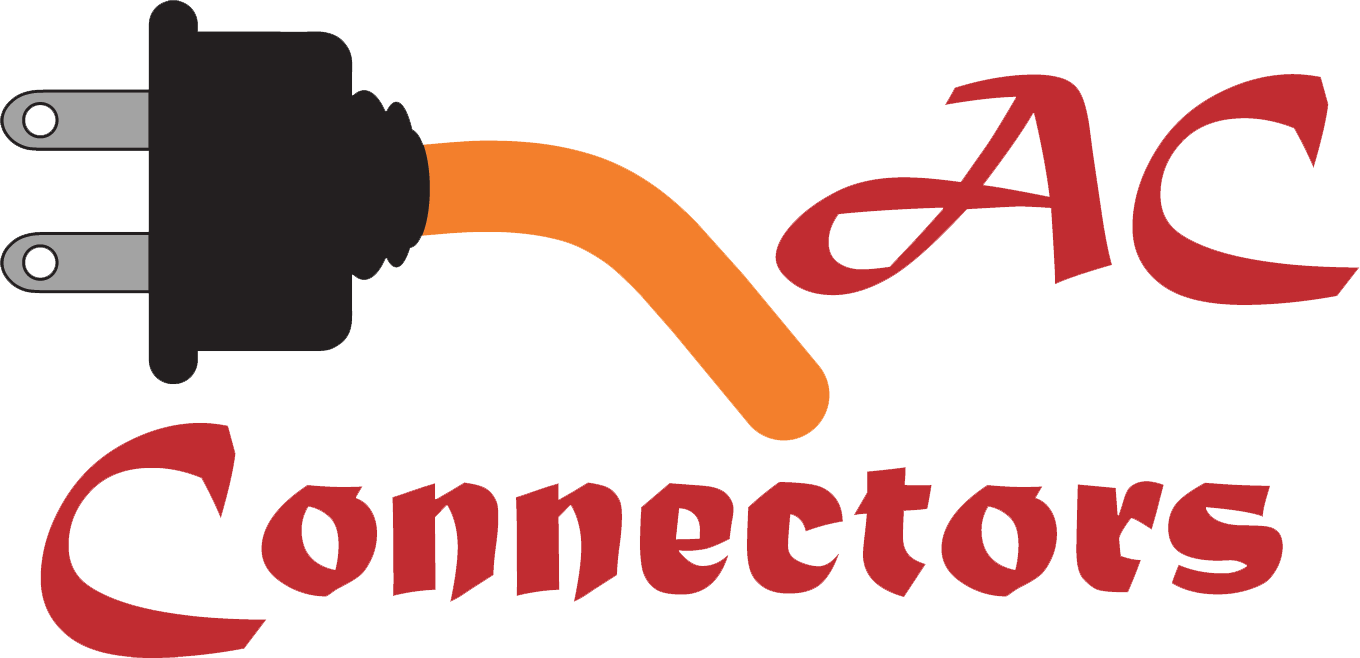

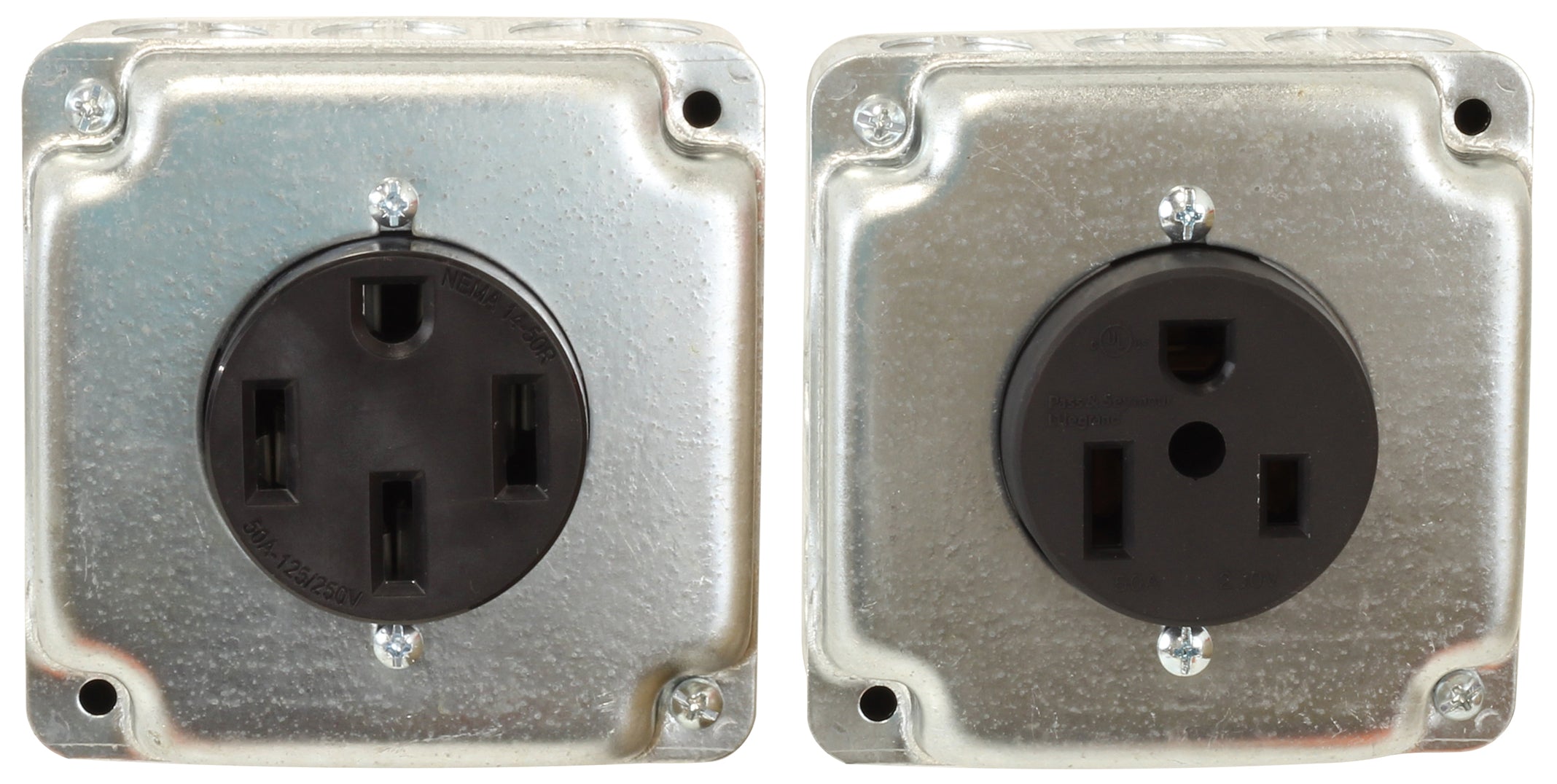
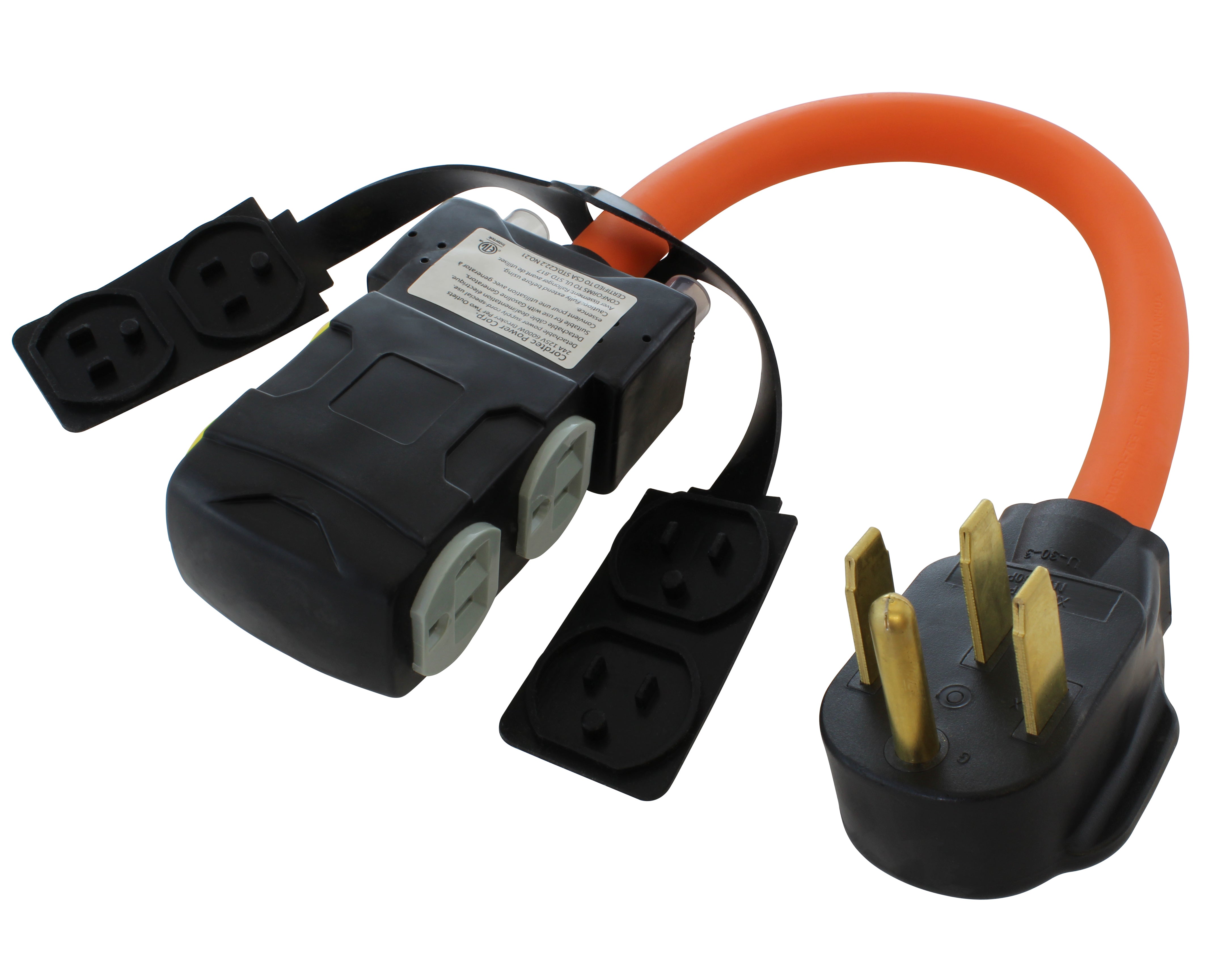
![AC WORKS® [ASINSS2PBX-G] 50A Locking 4-Wire CS6375/ SS2-50 Heavy-Duty Transfer Switch Inlet Box](http://acworks.com/cdn/shop/files/ASINSS2PBX-0_0206b362-7c90-42a5-8754-0685c13dab7e.jpg?v=1758051675&width=2500)
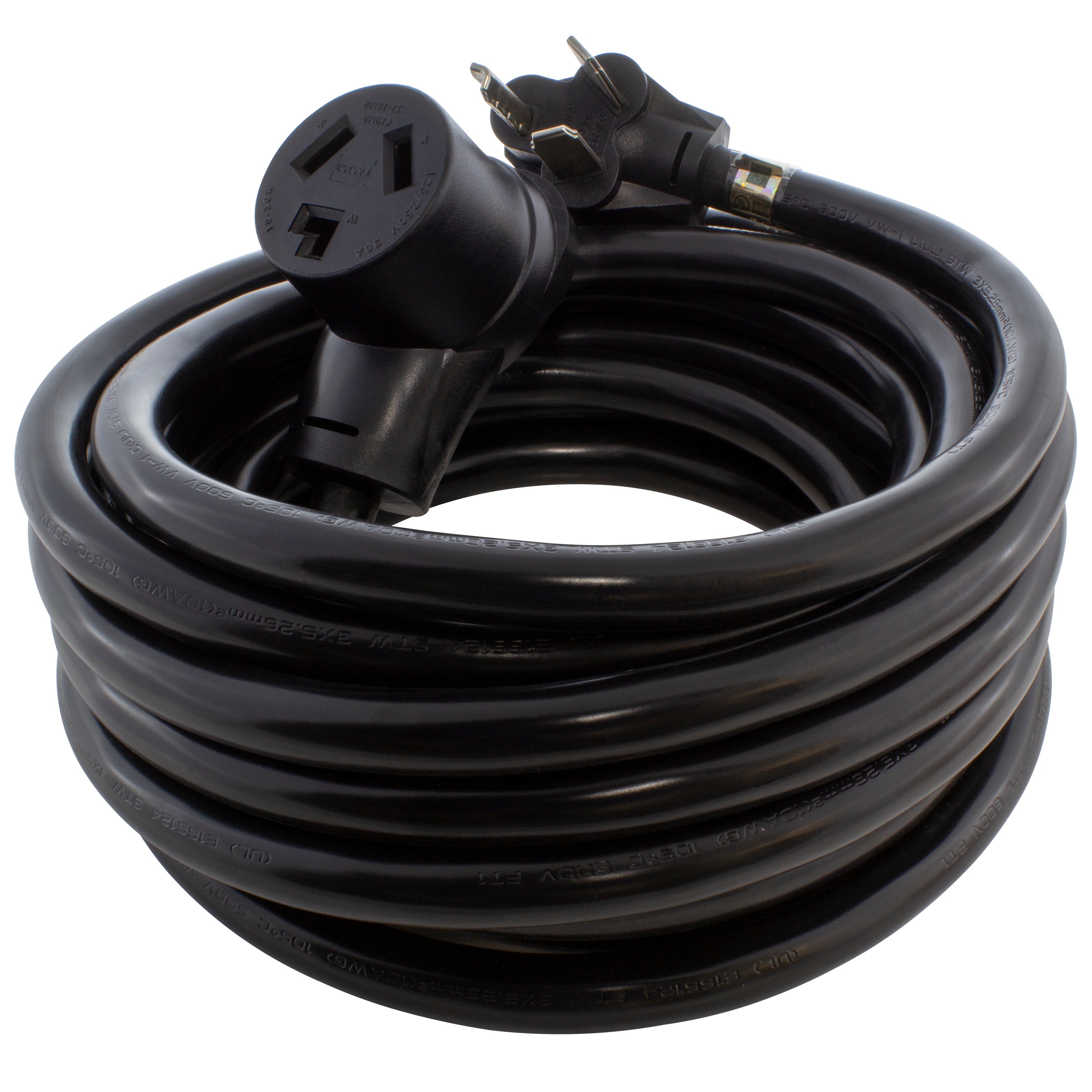
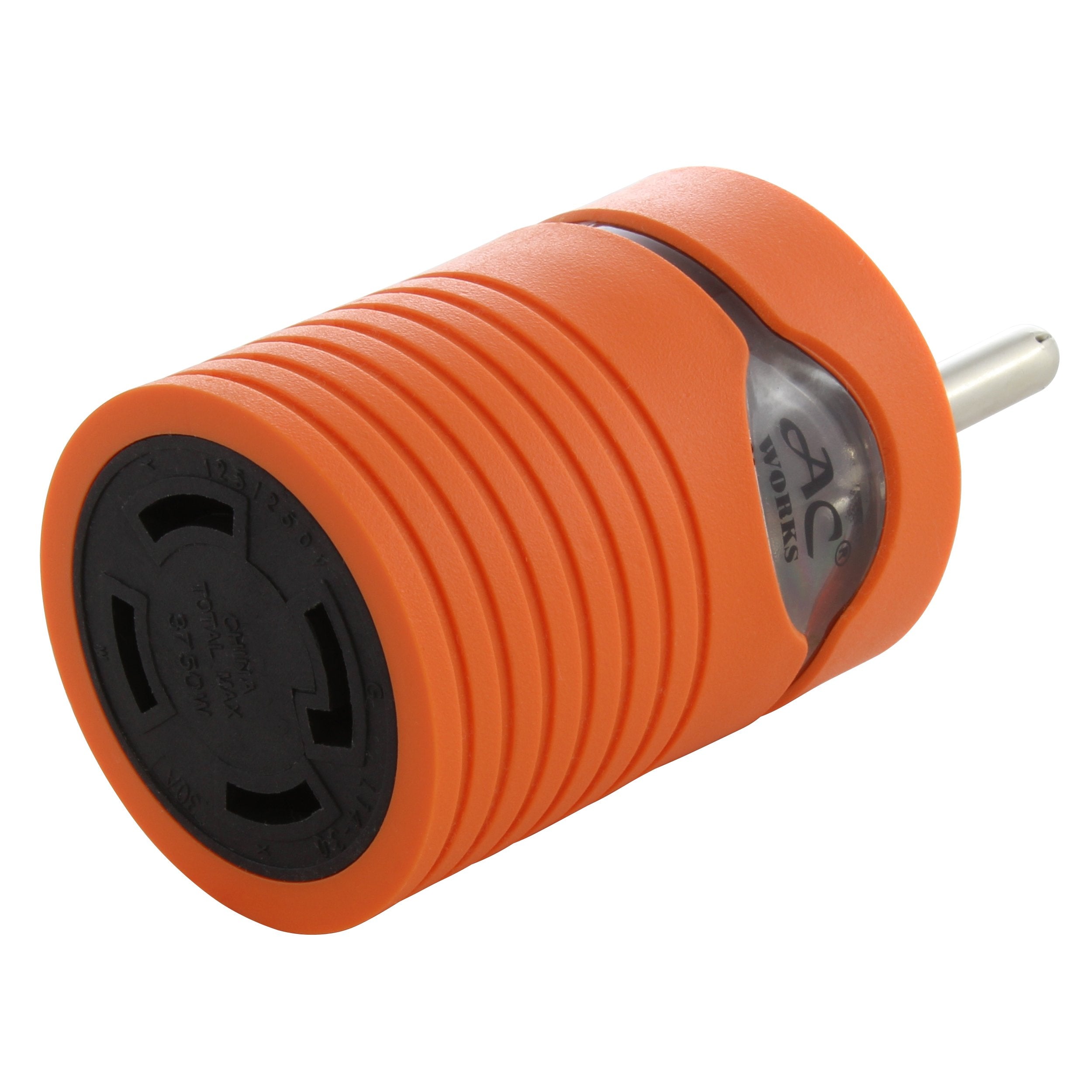
![AC WORKS® [S1430CBF520] 1.5FT 14-30P 4-Prong Dryer Plug to (4) Household Outlets with 24A Breaker](http://acworks.com/cdn/shop/products/S1430CBF520.jpg?v=1666103519&width=4656)

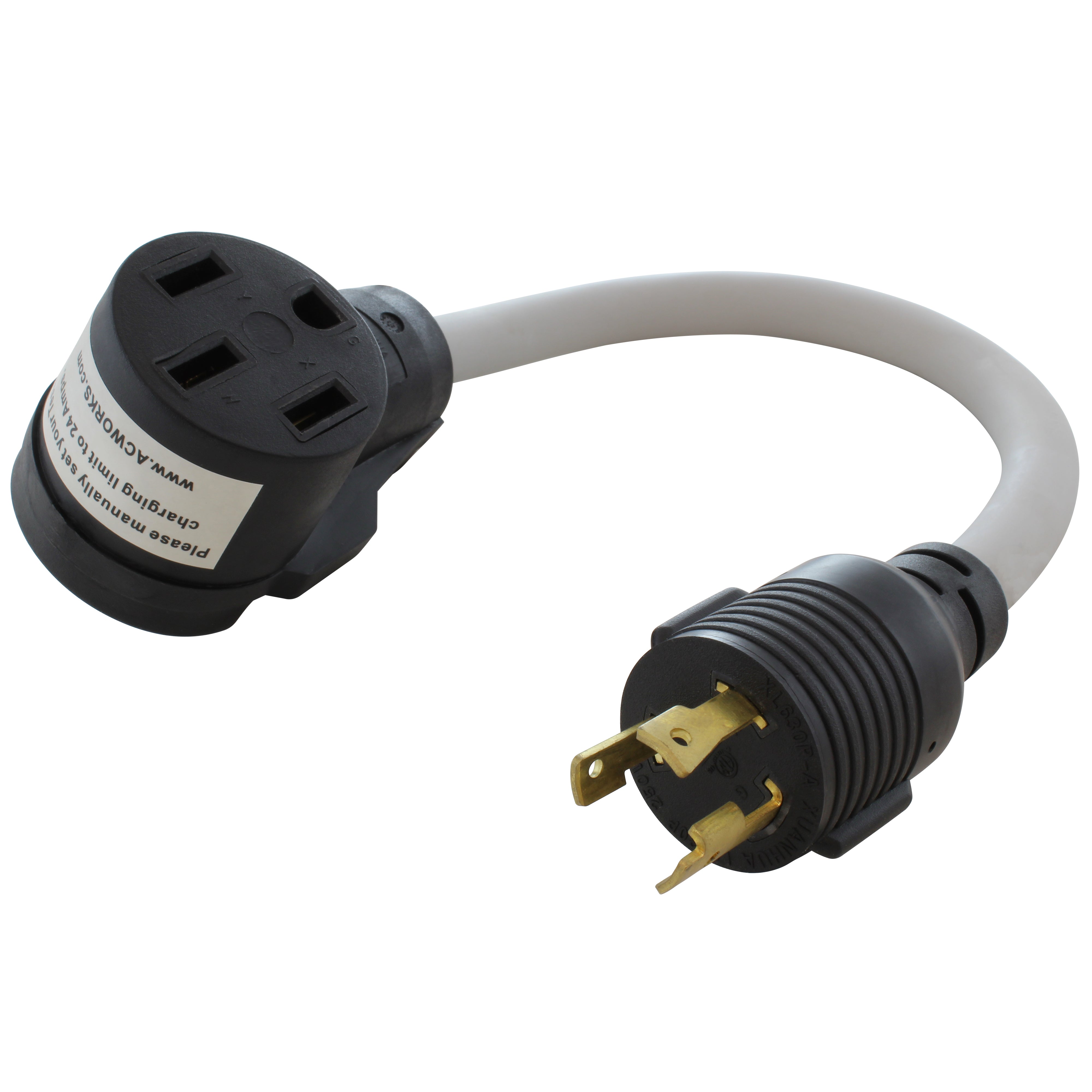

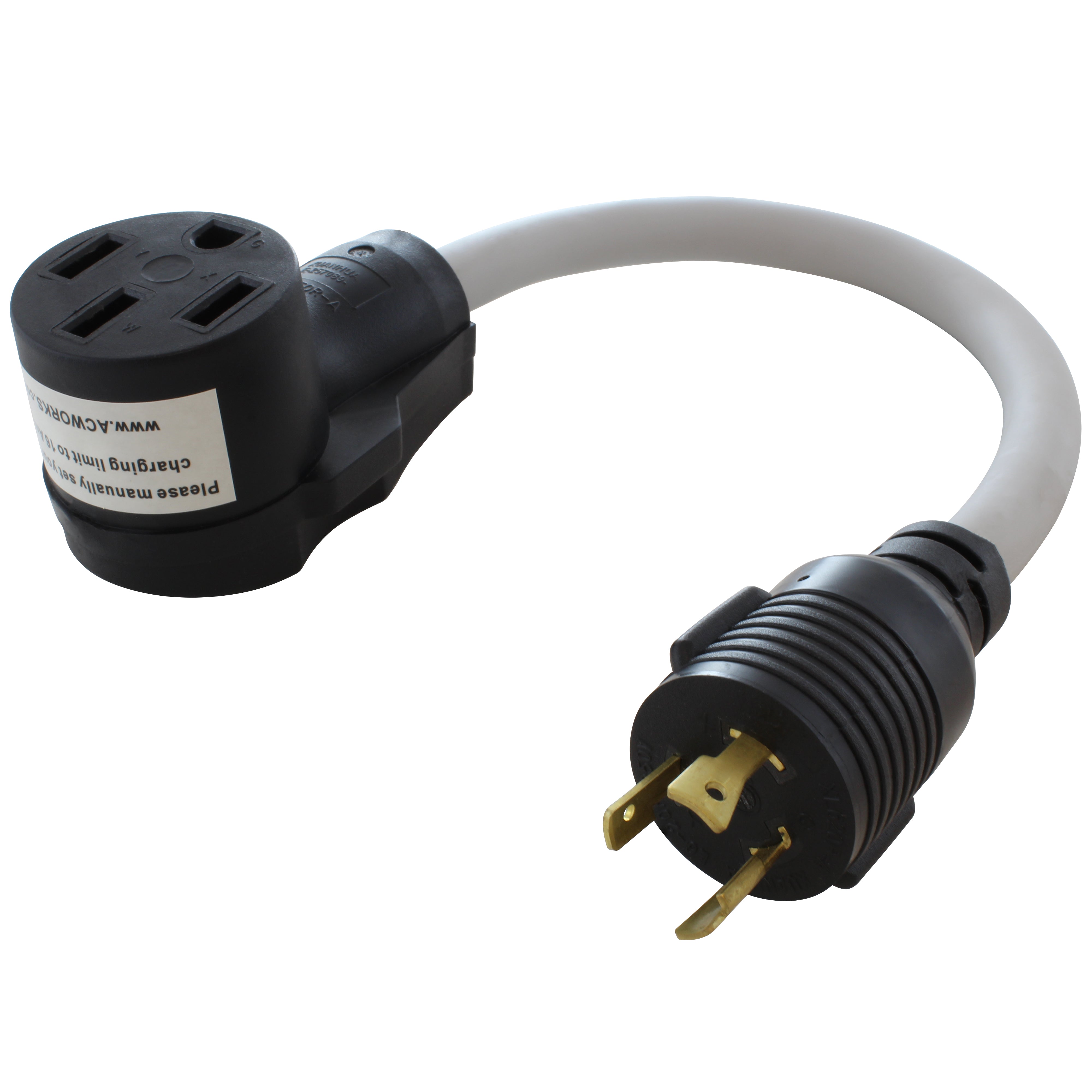



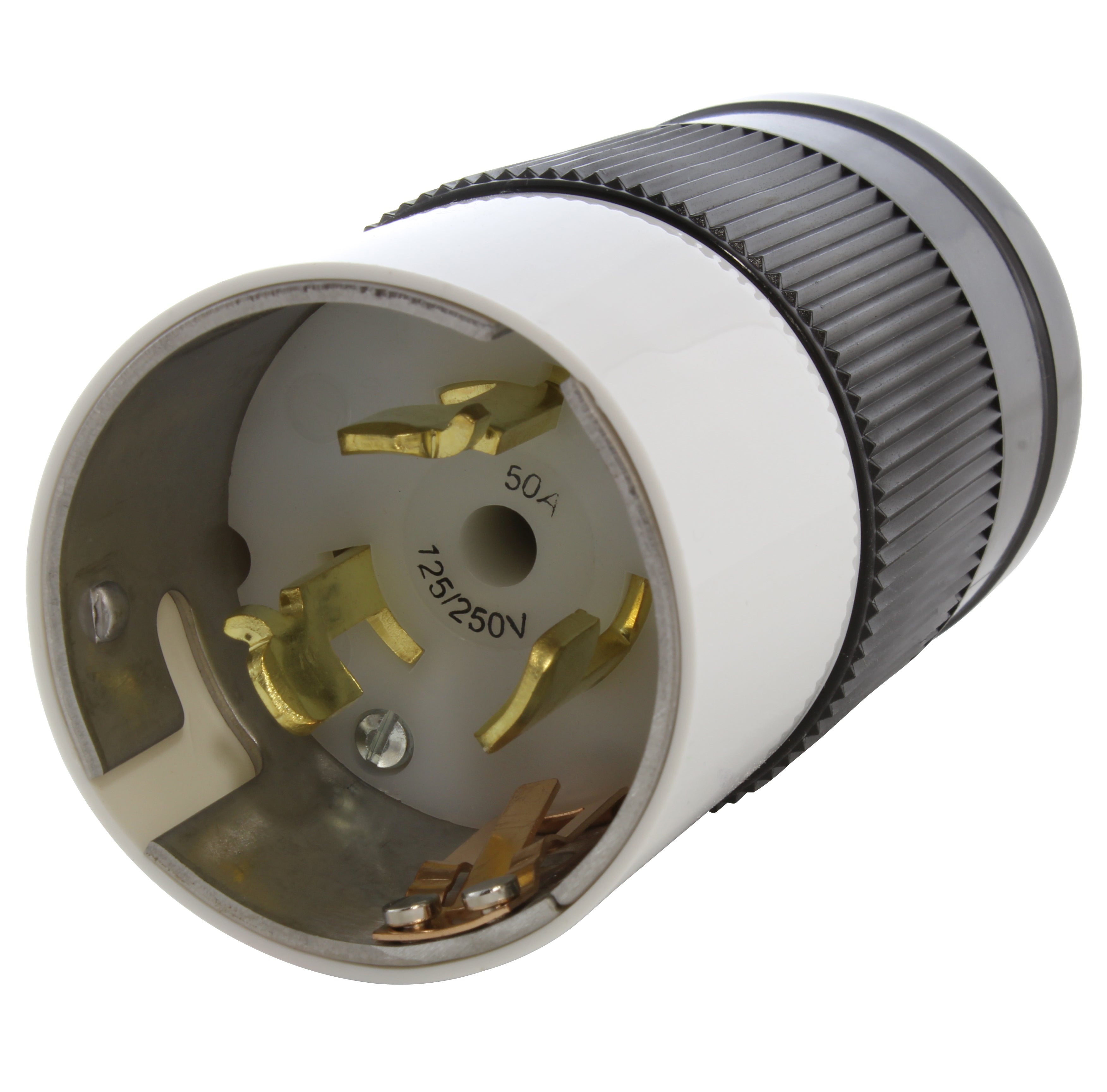
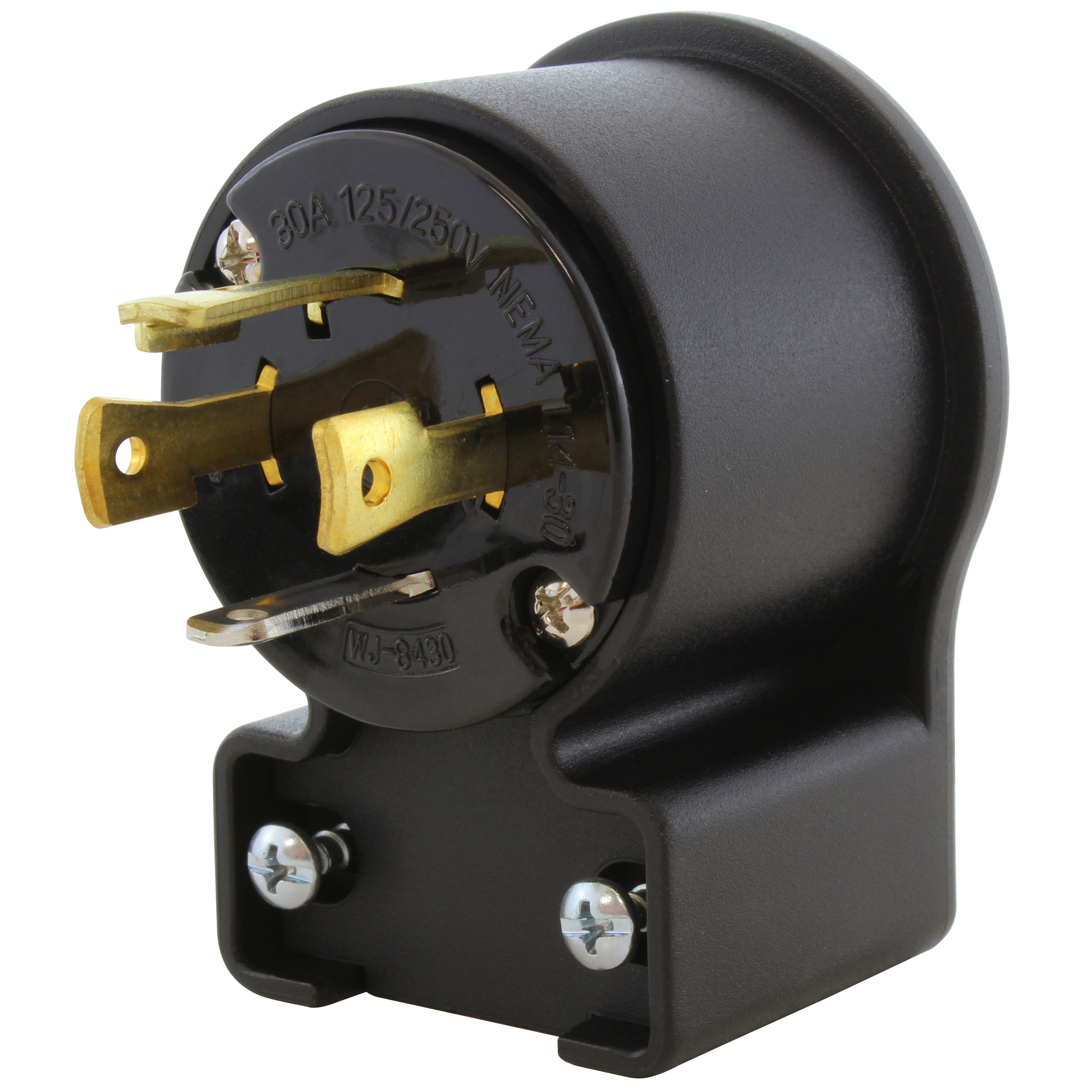

![AC WORKS® [ADV104] 3-Prong Heavy-Duty V-DUO Household Outlet Adapter](http://acworks.com/cdn/shop/products/ADV104-0.jpg?v=1605738768&width=3128)
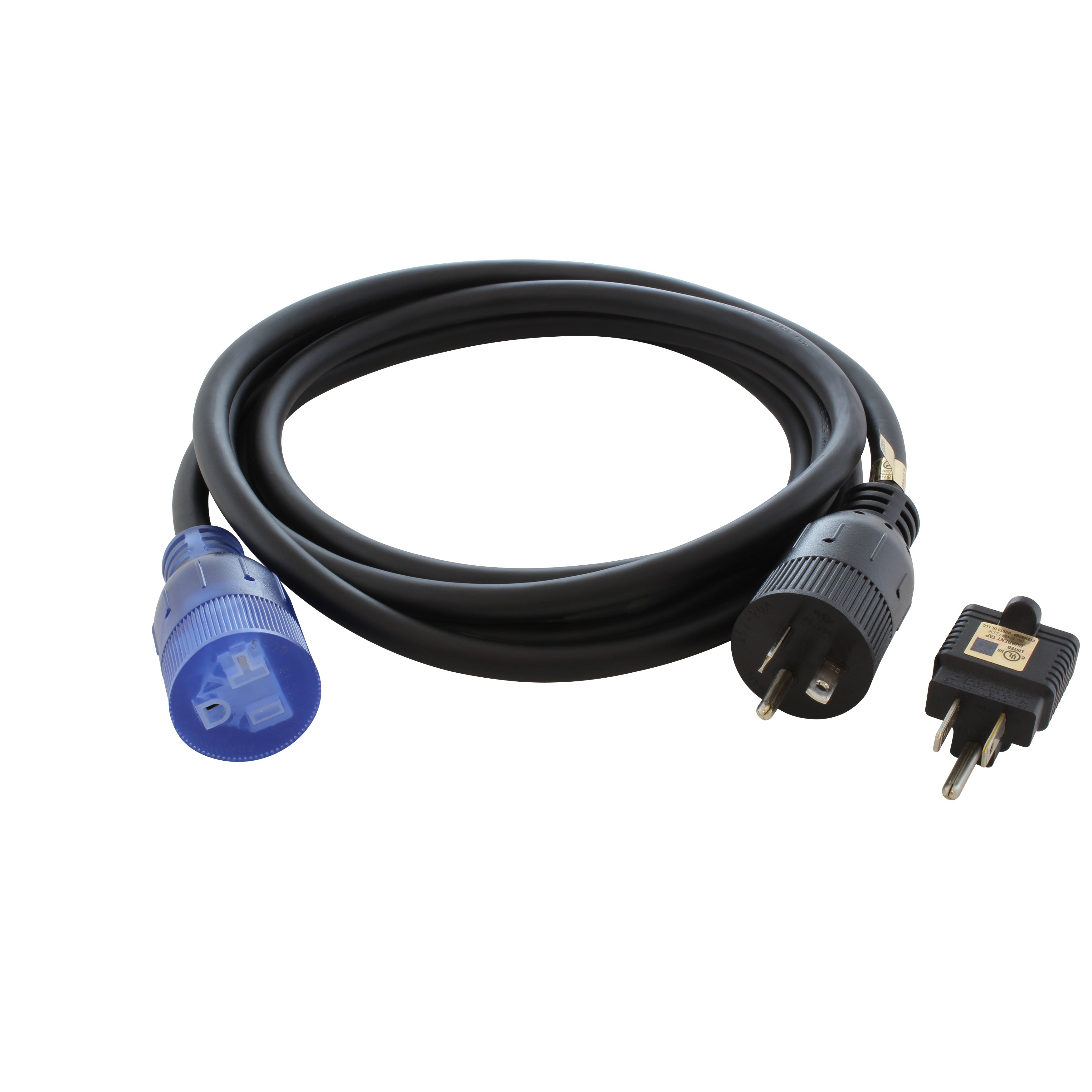
![AC WORKS® [XH515520] 15A to 15/20A 125 Volt Plug Adapter with ETL Safety Approval](http://acworks.com/cdn/shop/files/XH515520-0_daea425a-f439-48df-bb75-052167057f12.jpg?v=1729091519&width=2500)

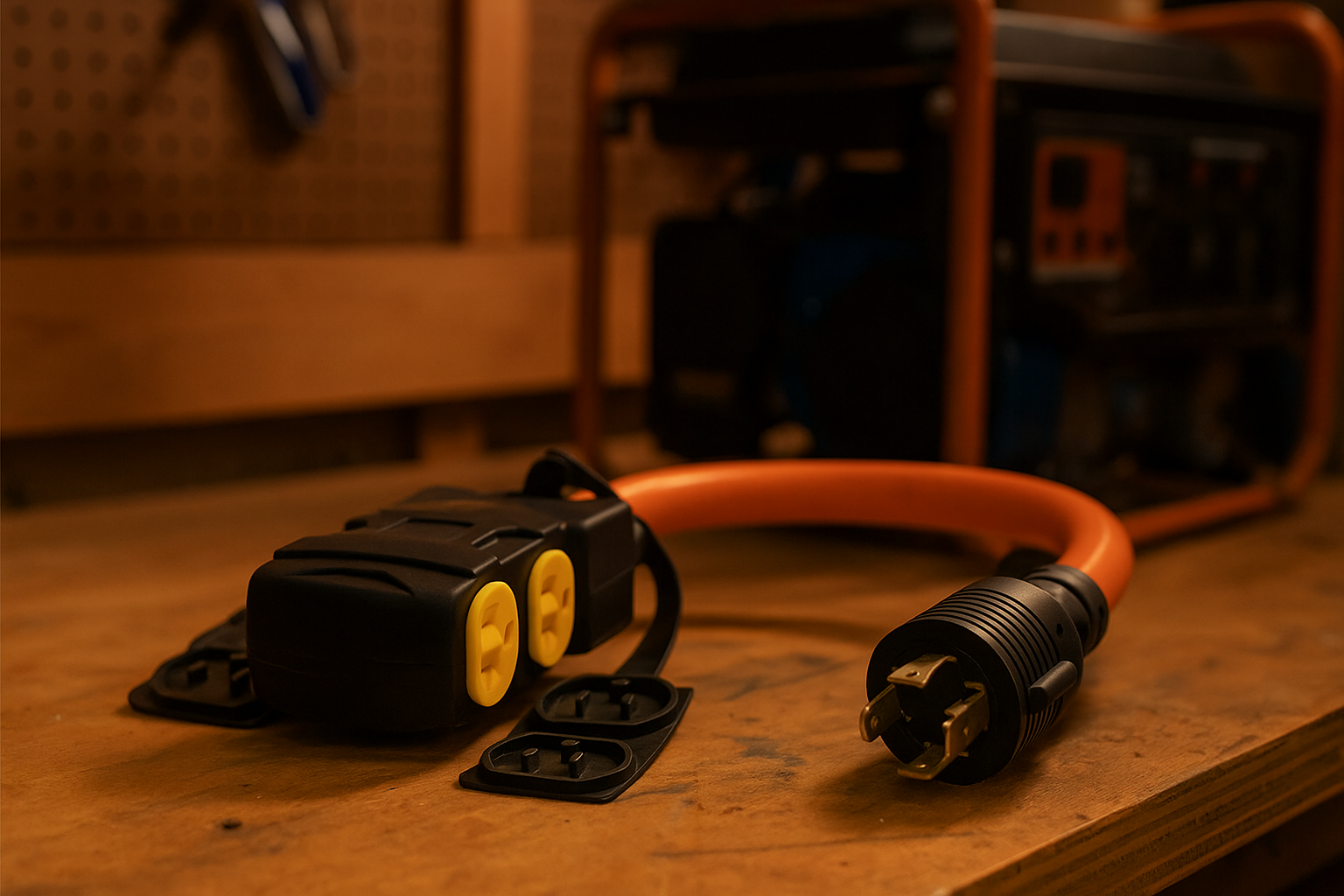
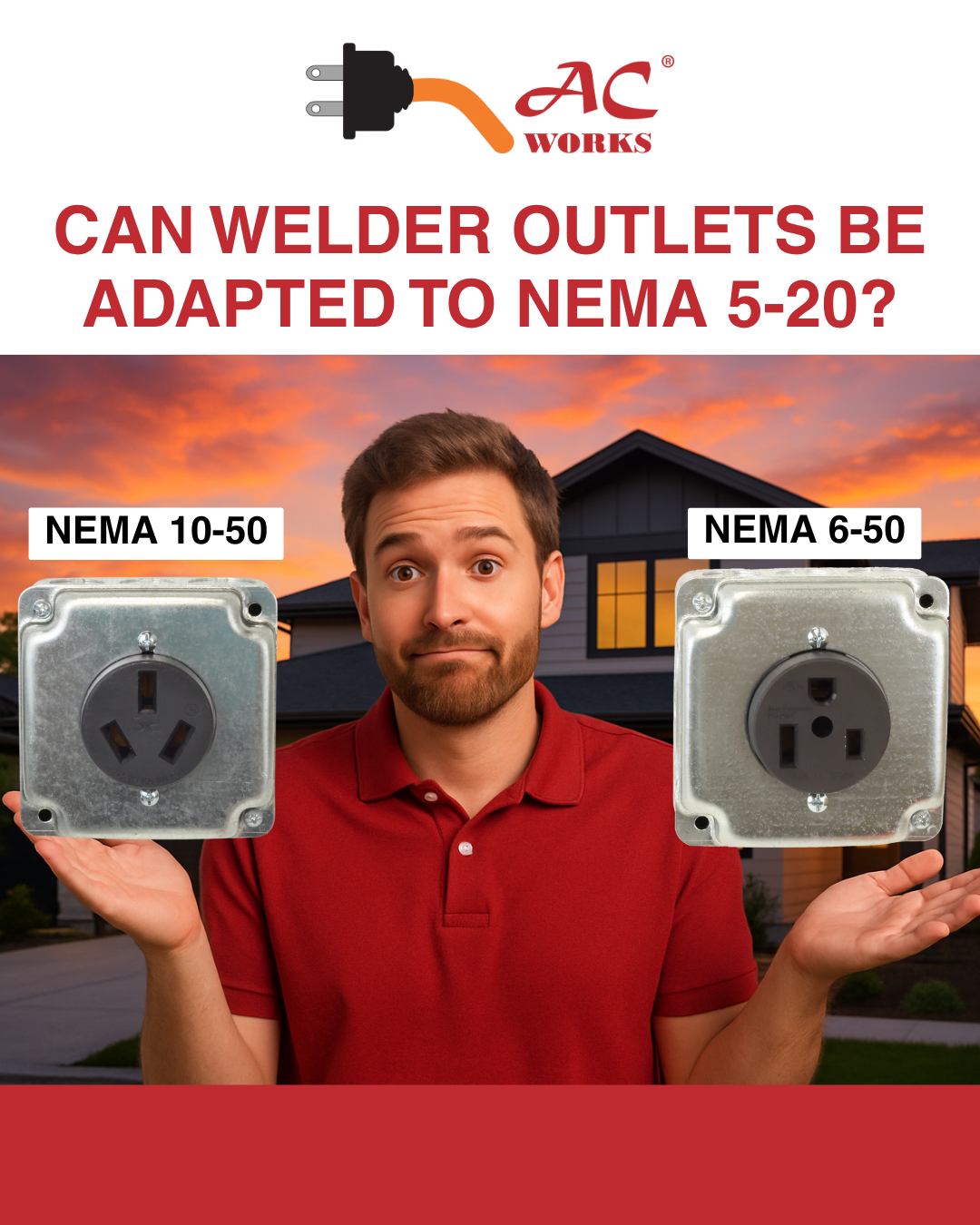
Share:
The Little Green Wire
JUST ARRIVED! Flexible Adapters with 20 Amp Circuit Breakers
21 comments
Hello Colin,
So technically, each hot wire in this circumstance carries 30A. 10 gauge wire is rated for and used for 30A, and it can handle it perfectly fine. It’s over long distances you will want to increase the wire gauge to reduce voltage drop. So 8 or 6-gauge wire will help reduce voltage drop because they are overkill for 30A usage.
I have a question that is puzzling people. If I have a 4 prong twist lock 30 amp plug, like the ones you see on a generator, what gauge of wire do I need to do an extension cable for it?
The debate is does each hot carry 30 amps or does each hot carry 15 amps and since there are two, this makes the 30 amps?
If each hot carries 30 amps, then you need a much higher gauge of wire than if each carries 15 amps.
Colin
No, you cannot adapt from a 6-50 outlet to a 14-30 4-prong dryer or have a splitter as you are describing. NEMA 6-50 is wired for 250V usage only with 2 hots and a ground. NEMA 14-30 is wired for both 125/250V usage with 2 hots, a neutral, and a ground. Your 4-prong dryer needs the 4 wires to operate at both 125V and 250V. The smaller voltage for lights, timers, buttons, etc, while the 250V for the drying itself.
Hi, I have a dryer with the standard 4 prong male connector. I want to be able to plug it in to my Nema 6-50 3 prong welder plug as I still use the welder as well, so being able to unplug one and plug in the other appliance is the goal I am trying to achieve.
So what I need is an adapter that has 4 prong female to accept dryer and a male 3 prong to go into the Nema 6-50 receptacle. Is there such an adapter. There seems to be one for just about any other configuration.
Oh, okay. Well then, I guess I should ask my next door neighbor to consider the things mentioned here when requesting a proper installation very soon. For your information, she’s been wondering lately if she should add a few power outlets at her backyard so she can set up a few appliances whenever needed. I must say, I was impressed when you told us that more hot wires in our outlet would allow for more power distribution eventually. https://mrobsolete.com/product/abb-2500amps-breaker-sace-emax-e3/